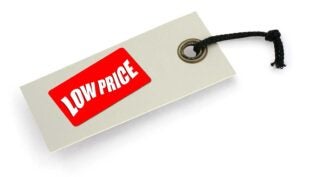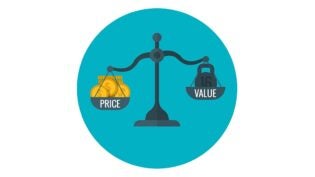Evaluate All Your Products and Services Each Year
By: Jerry Osteryoung

“Cut your losses and let your profits run.”
~Proverb
Many businesses fall into the trap of assuming that products or services generating great sales revenue are also profitable. Truthfully, you cannot tell which products and services should be continued or eliminated unless you look at the profitability of each one. For this reason, I strongly recommend businesses evaluate the profitability of each product or service every year. This can make a big difference in overall profitability.
I am sure many folks are thinking they do not need to worry about individual profitability if they are making money overall. However, just because you are making money overall does not mean you are maximizing your income or dedicating your resources in the right areas.
When evaluating whether you should continue offering or eliminate products and services requires a global approach. At times, you will have products that lose money, but it may be worth carrying them because doing so enables you to sell other products that bring in great profits. In other words, you would not be able to sell the profitable product if you did not carry the unprofitable one.
For example, one firm I was helping was losing $1,000 on every sale of a certain product. However, they chose to continue carrying it because doing so enabled them to sell many other products that had profitability of over $2,000 a unit.
When looking at profitability, you need to understand there are two types of profit. The first type is gross profit, which is sales revenue minus the direct cost of that product. Then there is net profit, in which overhead allocations are charged back to the individual product or service.
The best way to understand this is to look at the numbers. Suppose you were selling a product for $5. Your direct cost, or the cost to purchase the product is $4, which leaves you with a gross profit of $1 on every sales. However, if we assume the overhead allocation is 40% of sales, we can see you go from making a $1 profit to losing $1 on every sale.
- Sale Price” $5
- Direct Cost: $4
- Gross Profit: $1
- Overhead Allocation (40%): $2
- Net Profit with all costs: $-1
How you measure profitability depends on the type of overhead. If the overhead does not change with the number of products you sell, it is fixed and should not be included when measuring profitability.
If overhead costs vary with the number of products you sell, however, these costs must be taken into account when measuring individual profitability.
The bottom line is measuring profitability for each of your products is important to the success of your business. It is also critical that you understand what costs to apply to the measure of profitability.
No go out and make sure you have a plan in place to evaluate the profitability of each product or service you offer each year.
You can do this!
2067 Views














